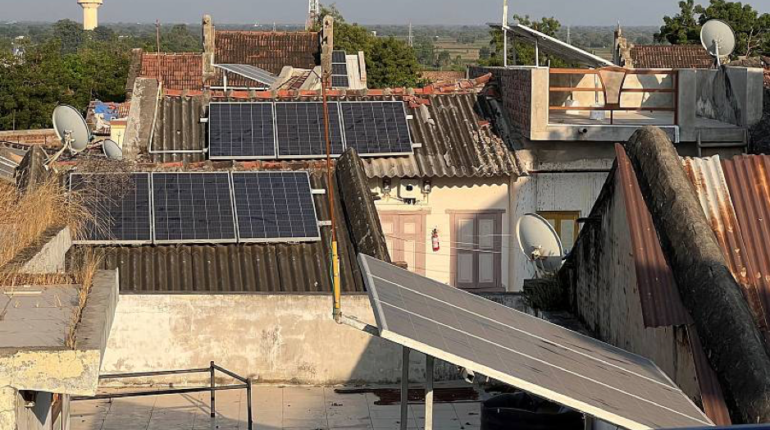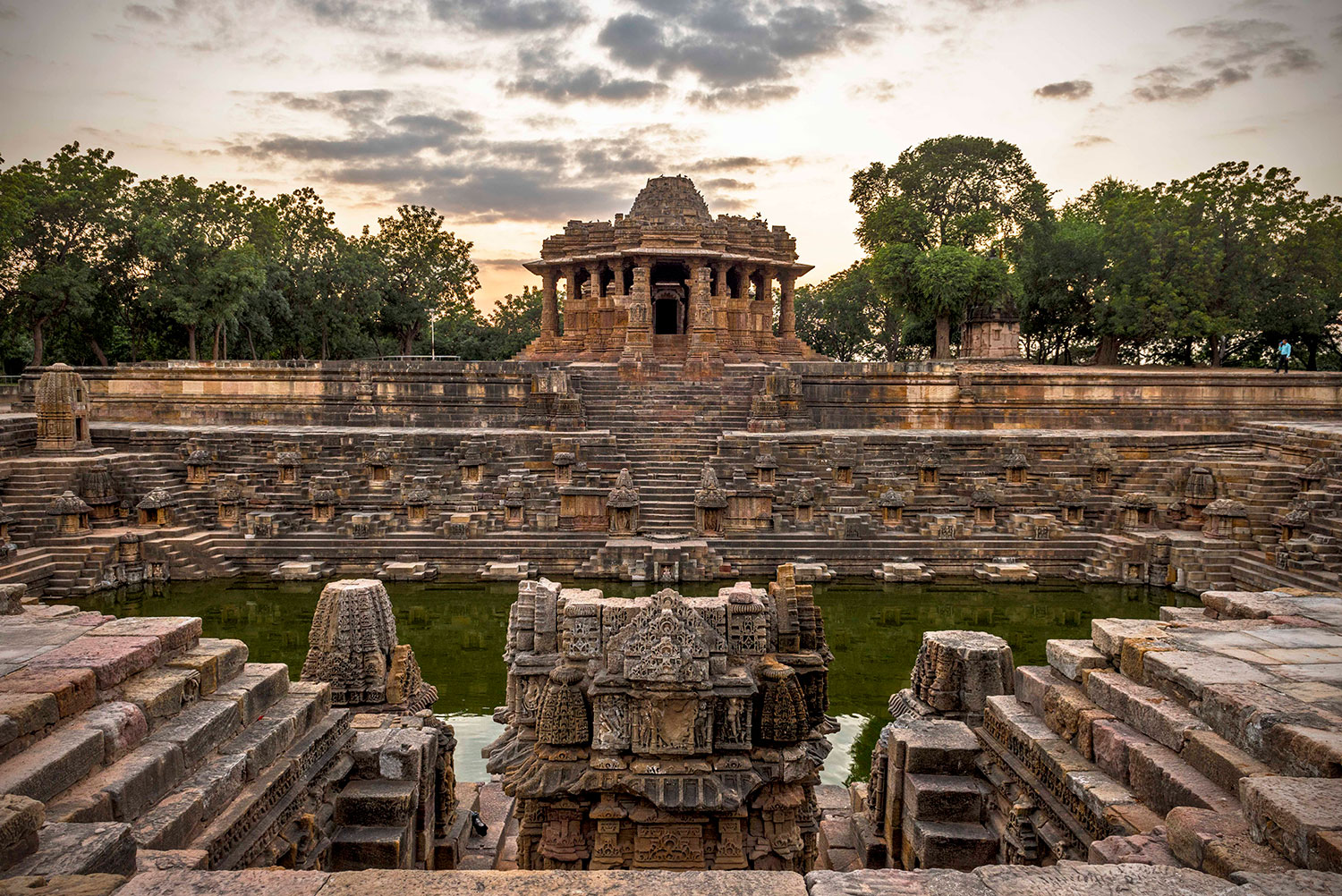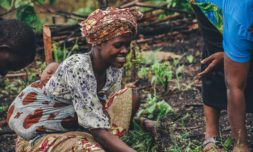The village of Modhera is most famous for its Sun Temple, a gigantic stone structure built almost 1000 years ago.
But it is also home to a small community of 6,500 people, whose income is generated by pottery making, tailoring, farming, and shoemaking.
As India looks to reach its 2030 target for renewables, its strategy appears to be to start with tinier areas that are most in need of reliable sources of energy first.
The village of Modhera recently completed a £10 million solar project, which involved installing over 1,300 rooftop panels on residential and government buildings. It was funded entirely by the federal and provincial governments.
All of the local solar panels are connected to a power plant, with the government committing to buying excess energy from residents if they do not use all of the panels’ capacity.
This generates a new stream of revenue for families in the community, allowing them to purchase modern items that make their households safer. Wood-fire stoves, commonly used in Modhera, are slowly being replaced by gas stoves.
Better access to electricity is improving the workforce, too. Now, electric motors are being purchased to speed up sewing machines belonging to those involved in the shoe and clothing production industry.
It’s clear that the economic benefits of implementing renewable energy are worth the initial investment.

The new solar panels are drastically improving the village’s quality of life by allowing for more activities to take place inside.
One Modhera local said the community no longer has to rely on street lamps for things like teaching and reading.
Modhera’s solar success is a great example of how embracing renewable energy eventually improves all aspects of a community.
Replacing wood-fire stoves means families will no longer have to inhale the thick smoke that is emitted while cooking, reducing the possibility of developing respiratory problems.
On top of this, the accessibility of energy is boosting the economy, with local industries vamping up their production levels thanks to the increased speed of electric sewing and pottery machines.
Let’s hope we see more positive results from projects like Modhera’s popping up soon!






















